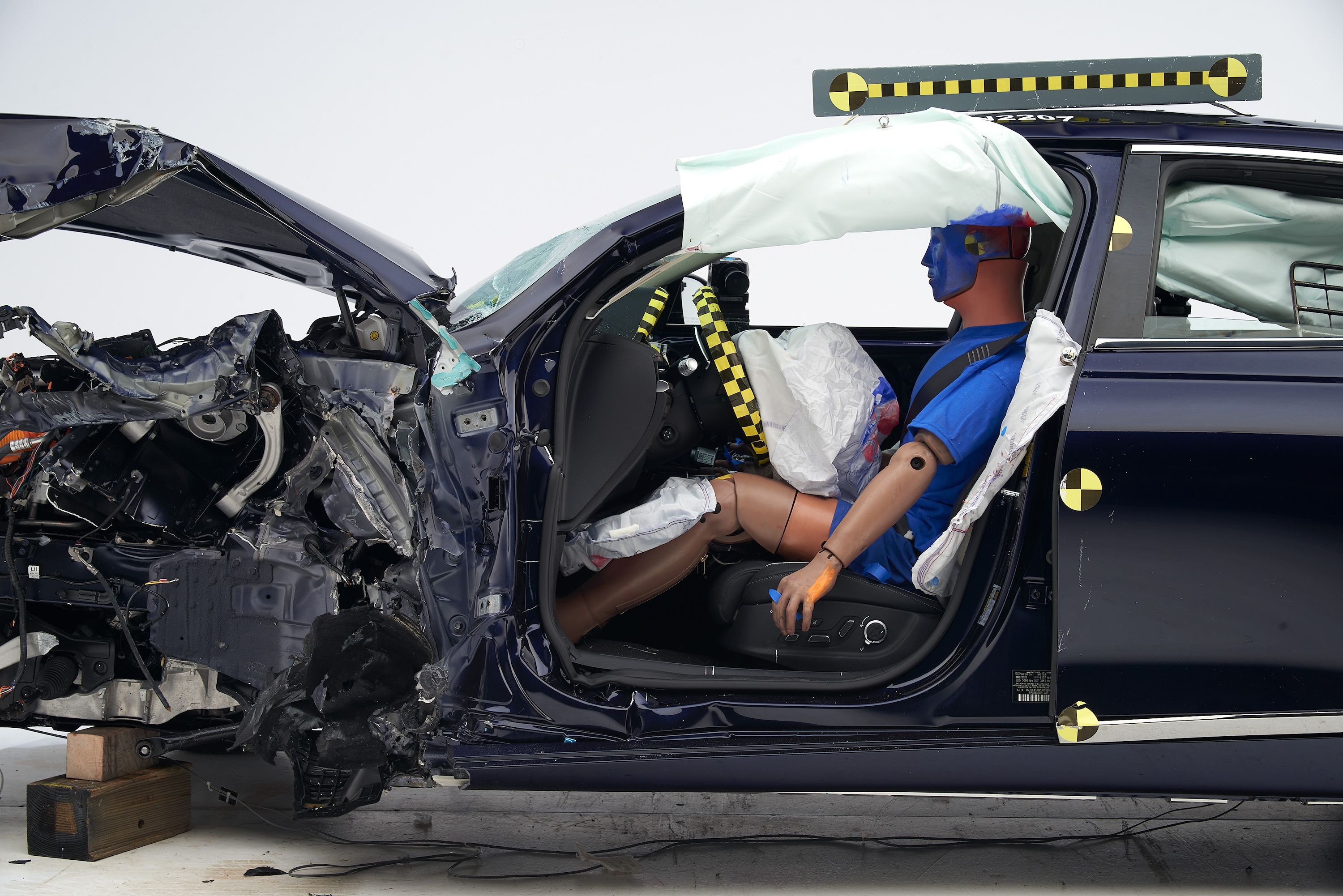
Not only did far more people lose their lives on American roads last year compared to pre-pandemic levels, but outdated crash-test dummies have been identified as a major shortcoming in crash tests in what is a double whammy for road safety in the country.
Preliminary estimates from the National Safety Council (NSC) show that over 46,000 people died in traffic crashes in the USA in 2022, a significant increase of close to 22% when measured against 2019.
As if that wasn't enough of a concern, the Government Accountability Office (GAO) analyzed how vehicles are rated for crashworthiness and found that current crash-test dummies fail to represent a diverse group of people, which could skew how certain safety features are evaluated and rated.
We'll start by focusing on the data from the NSC, which shows that 10 states saw a rise in road deaths of 14% or more in 2022. Alaska was the worst, with a 27% increase, followed by Hawaii (+24%), Wyoming (+20%), Maine (+20%), New Hampshire (+19%), and Delaware (+19%). Hawaii and Delaware also performed poorly in a recent study by WalletHub about the best and worst states to drive in.
"From drivers and passengers to pedestrians and cyclists, road users of all ages are perishing in preventable crashes in the United States," said Lorraine Martin, NSC president, and CEO. "Each crash that occurs on America's roads is entirely preventable and unacceptable. We must change the way we think about designing and moving around in our communities, understanding that people will make mistakes and the cost of those mistakes should not be serious death or injury."
The National Roadway Safety Strategy from the US Department of Transportation is aiming for zero fatalities on US roads, one of several initiatives to bring fatal accidents down. Individual automakers like Mercedes-Benz have also set their own goals for no traffic deaths. Volvo has done the same by introducing extraordinary measures like reducing the top speed of all its vehicles to 112 mph. Yes, that applies even to potent models like the 455-horsepower XC90 Recharge.
Sadly, it appears that we are further than ever from these lofty goals. The reality is that serious accidents remain prevalent, which is why the emphasis on crash safety standards will need to remain high.
The GAO discovered that while vehicles have become safer over time, specific demographic groups are not represented by typical crash-test dummies. Those groups include females, the elderly, and occupants with a higher body mass index. These are relevant observations since different body types respond differently in the same crash.
Females are generally at a greater risk of death and more vulnerable to lower leg injuries. In theory, this means that safety equipment like airbags or even the changing position of interior panels in a crash could be judged to protect an average male adequately but may receive a very different score if a female was occupying the same seat. The GAO said that "currently used dummies represent a limited range of body sizes, do not reflect some physiological differences between males and females and do not have sensors to collect data in the lower legs."
The National Highway Traffic Safety Administration (NHTSA) has not been idle on this issue. It has implemented more advanced dummies over time, but there are still gaps in how these dummies respond in a crash that exclude certain demographic groups.
The GAO further states that the NHTSA lacks a comprehensive plan to address the shortcomings of current crash test dummies. Its recommendation is for the NHTSA to create and communicate a sufficient strategy to address the dummy-related limitations, with specific milestones within this plan.
Last year, Swedish scientists created the world's first female crash dummy. It seems absurd that it took until 2022 for that to happen, and as part of that project, research showed that soft tissue neck injuries were also much likelier to affect women.
We are a long way from American roads being as safe as they should be, but improving crash-test safety requirements will go a long way to reducing the number of fatal crashes.


